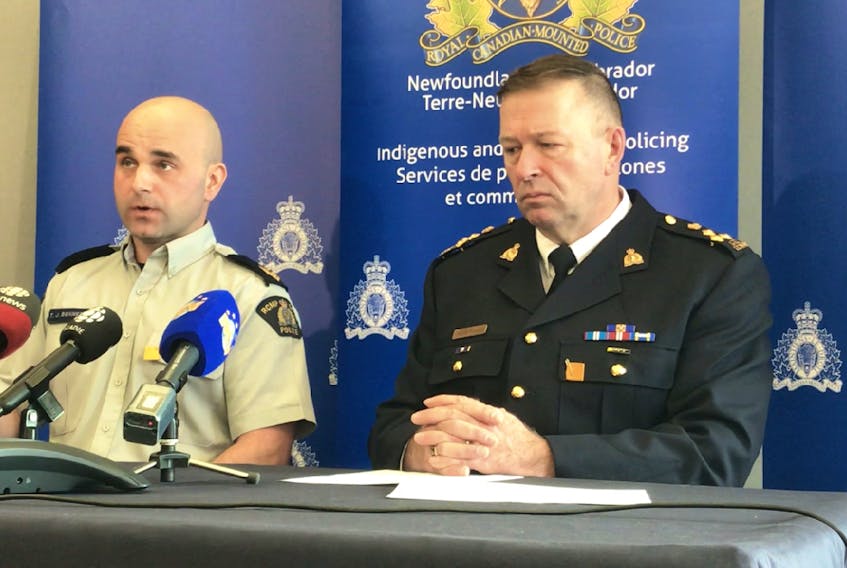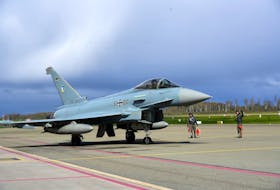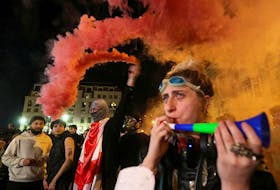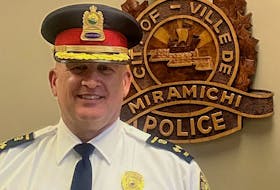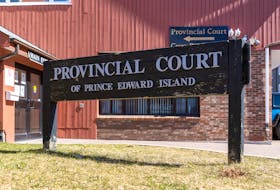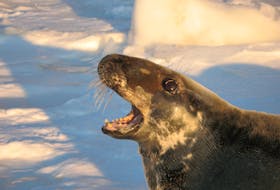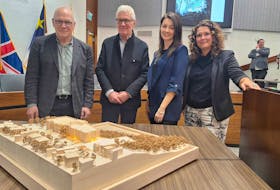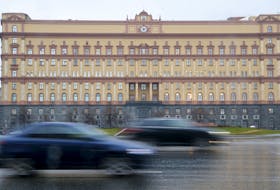ST. JOHN'S, N.L. — The establishment of a sweat lodge at RCMP headquarters in St. John's, particularly one available for public use, is welcome news to First Light.
The St. John's-based non-profit organization is dedicated to serving the urban Indigenous and non-Indigenous communities through programs and services based in strengthening and celebrating Indigenous culture. First Light's programs include a centre for performance and creativity, support for babies and caregivers, a men's group, an emergency shelter and assistance for aboriginal health-care patients travelling to St. John's for appointments.
The organization is also dedicated to education and offers Indigenous cultural diversity training, delivering presentations about Indigenous groups in the province, and their history and current realities.
"While the sweat lodge is a powerful and meaningful ceremony, it is distinctive to First Nations people and is not a traditional part of Inuit culture." — Stacey Howse, acting executive director of First Light
While it is encouraged by the RCMP's new sweat lodge — seeing it as an important step toward reconciliation, given law enforcement and Indigenous people in Canada have not always had a positive relationship — First Light says Indigenous cultural diversity is important to keep in mind. The sweat lodge is not a part of the culture of all Indigenous communities in the province.
"It's important to recognize the immense cultural diversity that exists within and between Indigenous communities across the province," said Stacey Howse, acting executive director of First Light. "While the sweat lodge is a powerful and meaningful ceremony, it is distinctive to First Nations people and is not a traditional part of Inuit culture.
"First Light would welcome further steps by the RCMP to ensure that the unique culture of the Inuit is similarly acknowledged and respected."

The local RCMP held a media conference last Friday, inviting reporters to see the newly built sweat lodge, located on the grounds of its headquarters in St. John's.
A sacred structure commonly used within First Nations communities for special purification ceremonies, the sweat lodge has an important place in some, but not all, Indigenous cultures in Newfoundland and Labrador, including the Mi'kmaq.
The lodge, hand-built from alder branches and covered in blankets and tarps, is a permanent structure at RCMP headquarters, and is available not just for Mounties. Community groups or groups of individuals can work with the RCMP's Indigenous and community policing services unit to make arrangements to participate in a "sweat."
Assistant Commissioner Ches Parsons, commanding officer of the RCMP in Newfoundland and Labrador, told reporters the time is right to establish the lodge as a symbol of the RCMP's commitment to First Nations people in the province.
"It's a time for reconciliation, and reconciliation for us now is a coming together between ourselves and the Indigenous people of our province," he says. "A sweat lodge is an emulsifier, it's a gathering place where we can come and deal with stressful issues such as bereavement or loss or any type of stressful or psychological trauma. These are things that help us come together as a collective."
"A sweat lodge is an emulsifier, it's a gathering place where we can come and deal with stressful issues such as bereavement or loss or any type of stressful or psychological trauma." — RCMP Assistant Commissioner Ches Parsons
On Monday, The Telegram asked the RCMP to elaborate on its commitment to other Indigenous groups whose cultures may not include the sweat lodge.
"Engagement of all Indigenous groups within Newfoundland and Labrador is a priority for the RCMP and is led by our Indigenous policing services," RCMP spokeswoman Glenda Power said. "The establishment of the sweat lodge as well as the use of eagle feathers in detachments are pieces of that work."
The eagle feather, a sacred symbol in many cultures, has been adopted by the province's court system as an option for people to use when swearing legal oaths. The RCMP has also adopted the feather in its detachments across the province for use in the same way. The feather may also be offered as a comfort during interactions with RCMP employees at the detachments.
Power said an officer-training program scheduled to begin in the new year was developed by the Indigenous policing services unit and includes a significant component related to Inuit culture, based on consultation with Inuit community groups.
"As well, qulliqs, Inuit oil lamps, are being made for our Labrador district office and headquarters," Power said.
#RCMPNL has constructed a sweat lodge at HQ, the 2nd one by RCMP in Canada. A/Commr Parsons: “Connecting with Indigneous Peoples through the understanding of and participation in their cultural traditions is vital for the RCMP.” https://t.co/A3wMnJPR2Q pic.twitter.com/GKD5l3lppc
— RCMP Newfoundland and Labrador (@RCMPNL) November 15, 2019
The quilliq is a symbol of Inuit spirit and resilience, particularly that of women. During the National Inquiry into Missing and Murdered Indigenous Women and Girls, the quilliq was lit at each community hearing throughout the truth-gathering process.
Howse said First Light recognizes many organizations might be eager to support reconciliation but not know where to begin or how to proceed. To that end, First Light established an Urban Indigenous Coalition earlier this year, bringing together community groups and all levels of government. The goal is to collaborate to tackle issues faced by Indigenous people living in urban settings at higher rates than non-Indigenous people, including everyday discrimination, homelessness and disparities when it comes to employment and health.
"We are pleased to see the RCMP engaging in the coalition's work and look forward to collaborating with them to promote greater awareness of the history, culture and healing practices of all Indigenous people in the province," Howse said.
Twitter: @tara_bradbury
RELATED

